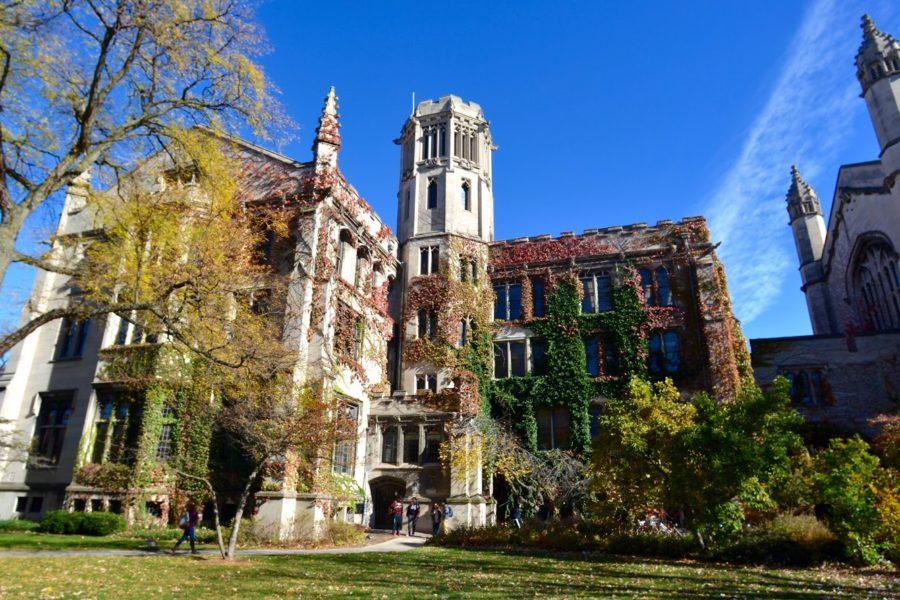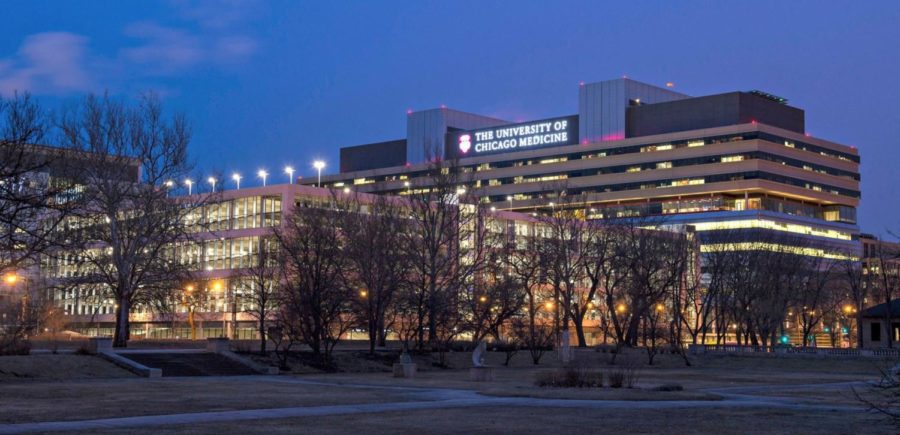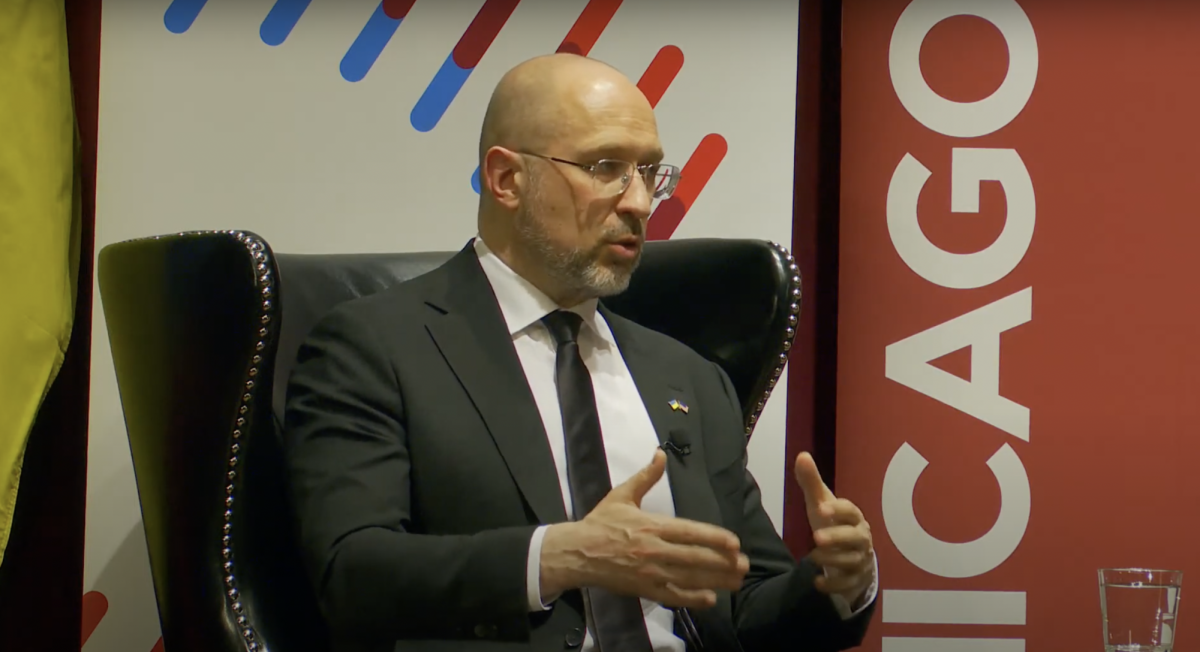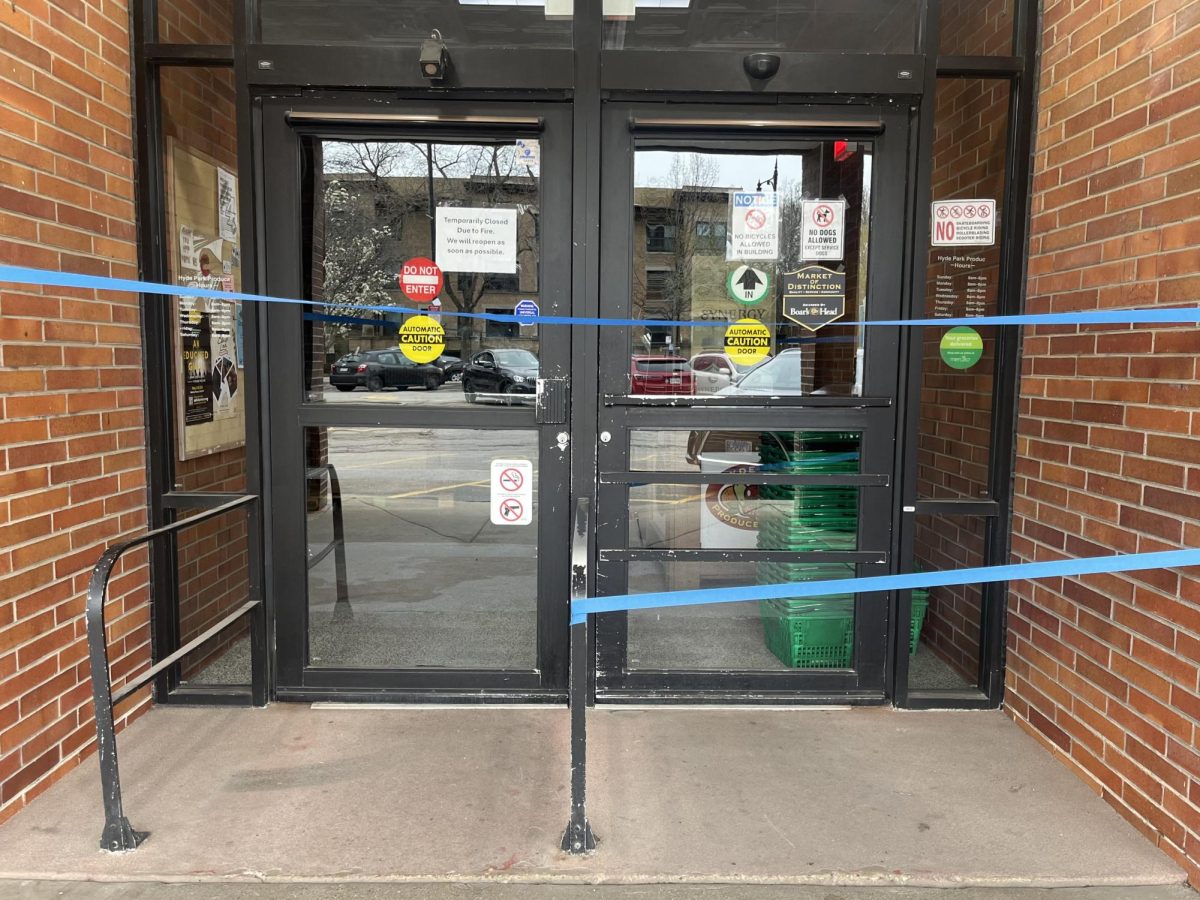Emily Francis worries about things that the average U of C first-year student usually doesn’t consider.
“If you see job openings somewhere, it’s like, ‘What client is going to fit with that?’ If you see [utility] rate hikes, it’s ‘Uh oh, I have tons of clients who are going to have to deal with that,’” Francis said.
As a volunteer at Project HEALTH, a University RSO, Francis generally advises about a dozen clients at any given time. She makes phone calls throughout the week to connect her low-income clients with Chicagoland resources such as cash handout sites, free GED classes, or food pantries.
Founded in 1996 by Harvard University student Rebecca Onie, the Project HEALTH model has since spread to Baltimore, MD; New York, NY; Providence, RI; and Washington, DC. The first U of C Project HEALTH site opened in October 2006, and two more locations followed this March.
“It was in response to a feeling on [Onie’s] part that undergraduate students should take a more active, a more leading role in the community, through community service particularly,” said third-year David Whitsett, co–campus coordinator of Project HEALTH.
Located in the Friend Family Health Center on South Cottage Grove Avenue between East 54th and 55th Streets, Project HEALTH sits on one of the many boundaries often drawn between the U of C campus and the surrounding community. But the volunteers say that the experience has changed their vantage point on the greater Chicago community.
“I think there’s sort of this bubble around the University of Chicago, and there’s a lot of invisible lines that we’re often taught not to cross,” Whitsett said. “And really, Project HEALTH does so much to erase that for me because we’re not only engaging in the community…we’re really becoming parts of that community.”
“It definitely makes you aware of the demographic of the community,” Francis said.
Doctors often do not have the resources to tackle the multi-faceted social determinants of a patient’s health. A doctor may be able to cure an illness with a prescription, but the patient’s health will still suffer on a long-term level from poverty.
Enter Project HEALTH.
“It tries to break the link between poverty and poor health,” Whitsett said.
As doctors have increasingly less time for appointments, their patients are also less inclined to describe the extent of their health and poverty problems.
“A lot of times there’s a gap between the doctors and the patients…so this is kind of to make up for that and catch up on problems the patients might not communicate with their doctors,” said third-year Shefali Nath, a Project HEALTH volunteer.
The 40 U of C volunteers work about six to 10 hours at LaRabida Children’s Hospital, Comer Pediatric Emergency Room, and Friend Family Health Center. Their offices are simple: a wooden desk equipped with a laptop, telephone, binder of resources, and maroon sign announcing the group’s resources.
Many of the Project HEALTH clients are referred to the desk by their doctors, and they stop by after their appointments at the three medical centers to seek help with anything from job searches to cheap mattresses to summer camps for children.
Understanding that public health must occur on a long-term basis to be sustainable, volunteers know that the help doesn’t simply end with the conversation across the desk. They check up on their clients every week to follow up on the resources they suggested and connect them with new organizations.
Sitting behind the desk at Project HEALTH can sometimes be disheartening for the volunteers.
“It’s actually frustrating sometimes because you can’t do as much with a client as you’d like to,” Nath said.
She explained that the volunteers often get a sense that a patient suffers from problems that run deeper than can be explained in the short conversation.
The students more acutely feel the ComEd utility company’s rate hikes and the city’s shortage of low-income housing.
“As far as housing, there’s really not much we can do. Low-income housing is pretty much nonexistent in Chicago,” Francis said.
But with many of the Project HEALTH volunteers preparing for medical school and public health work, this reality gives them an insight into the professions they are entering.
“It’s definitely made me realize how people deal with public policy issues on a ground roots kind of level,” Francis said.










Martin Goodnews / Nov 25, 2022 at 4:12 am
I’m satisfied with today’s research on Best Free GED Classes, and it’s only when I came across your content, that it’s amazing. I have some similar content that best describes the Best Free GED Classes In Phoenix, and it can be helpful to you in any way so all you need to explore is just visit my website through the link below. Automymo. com